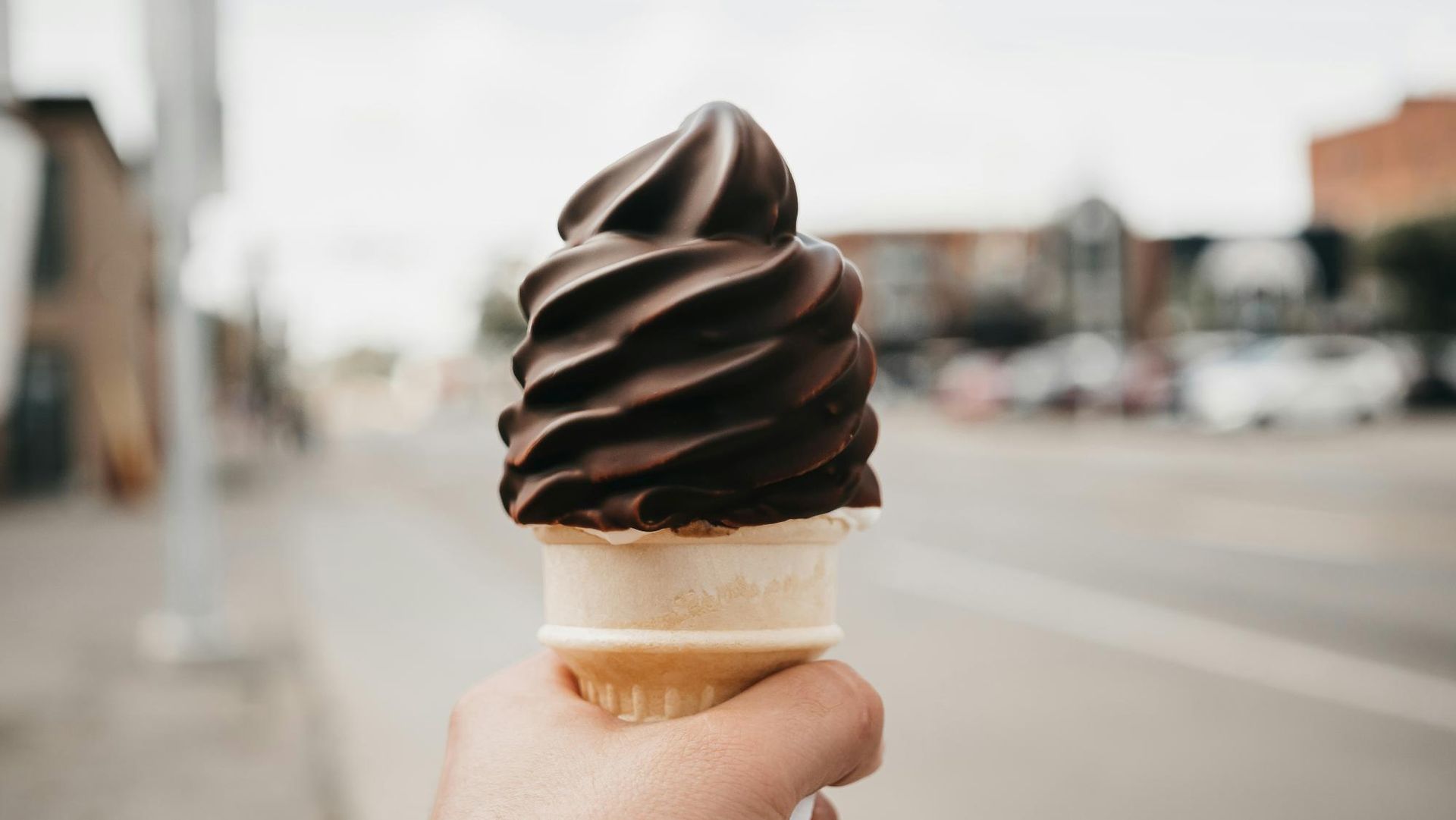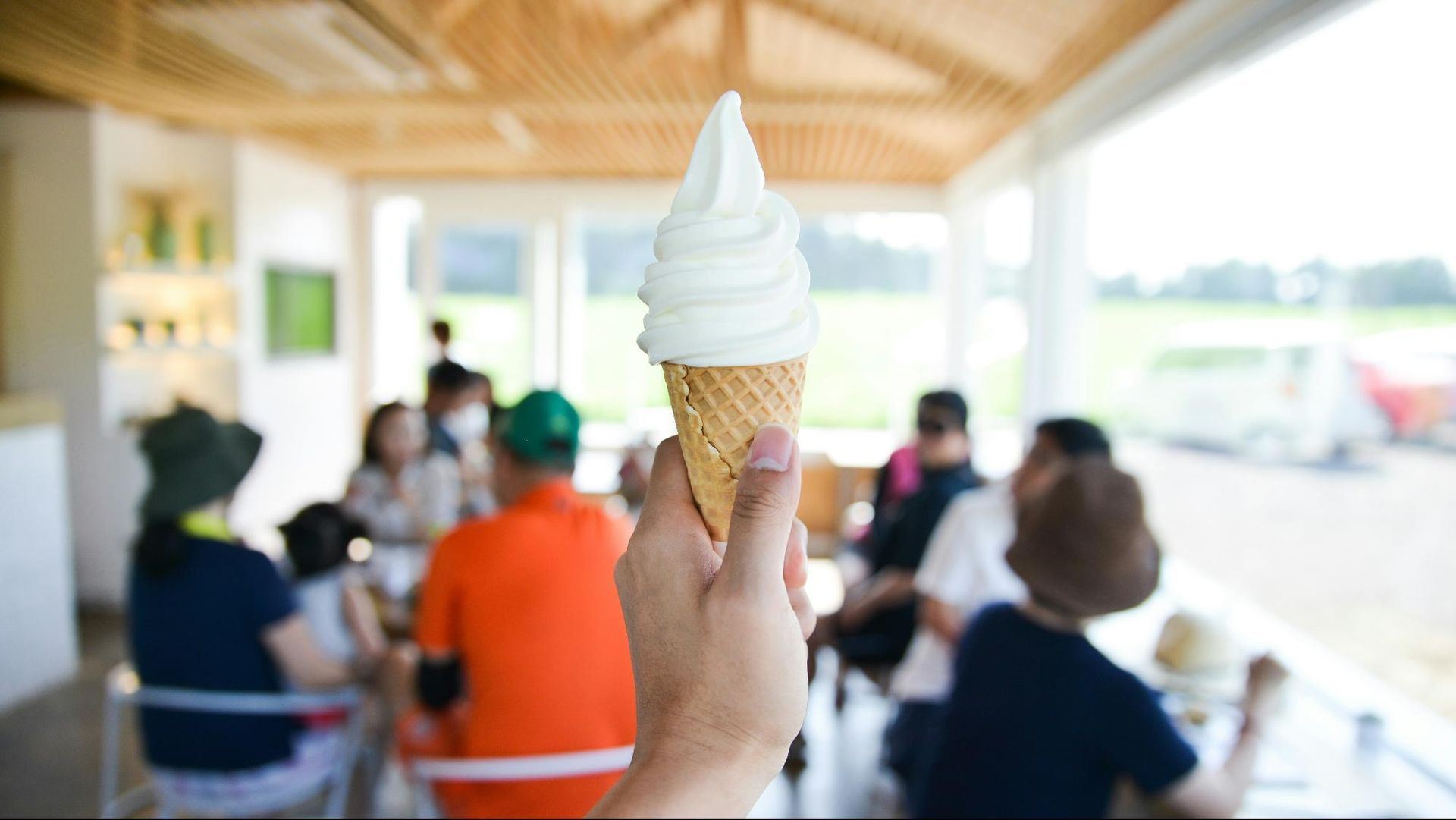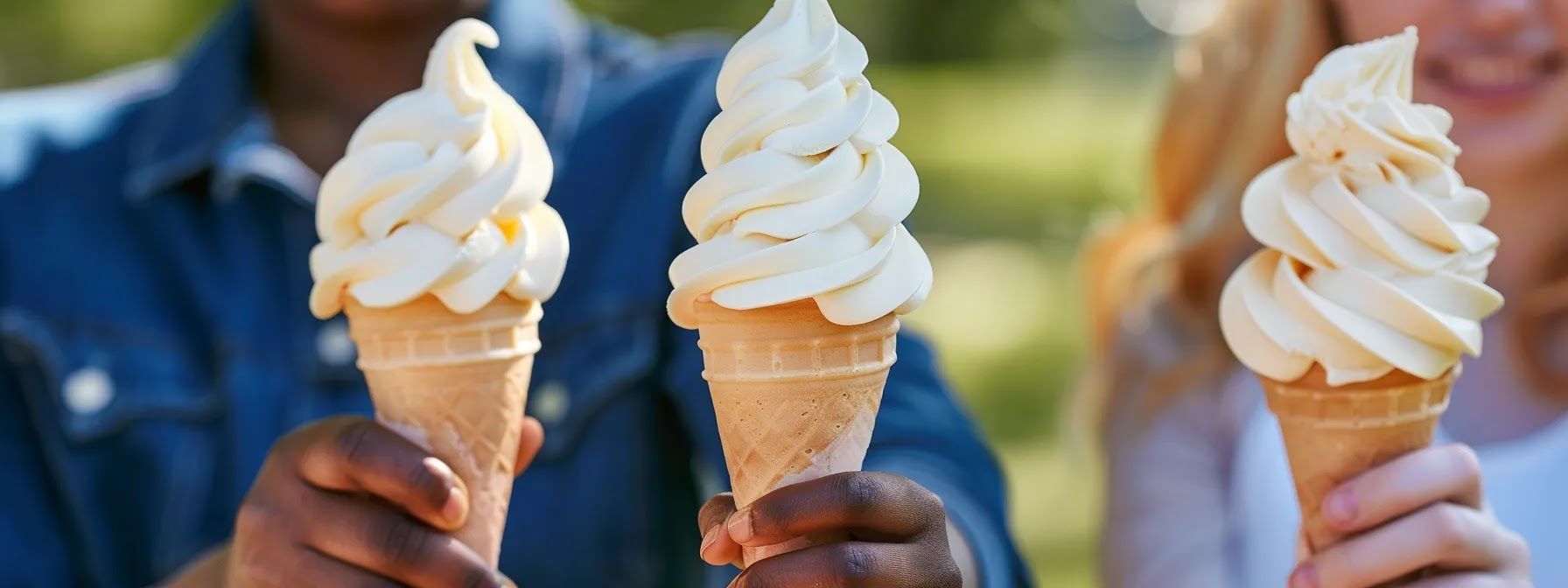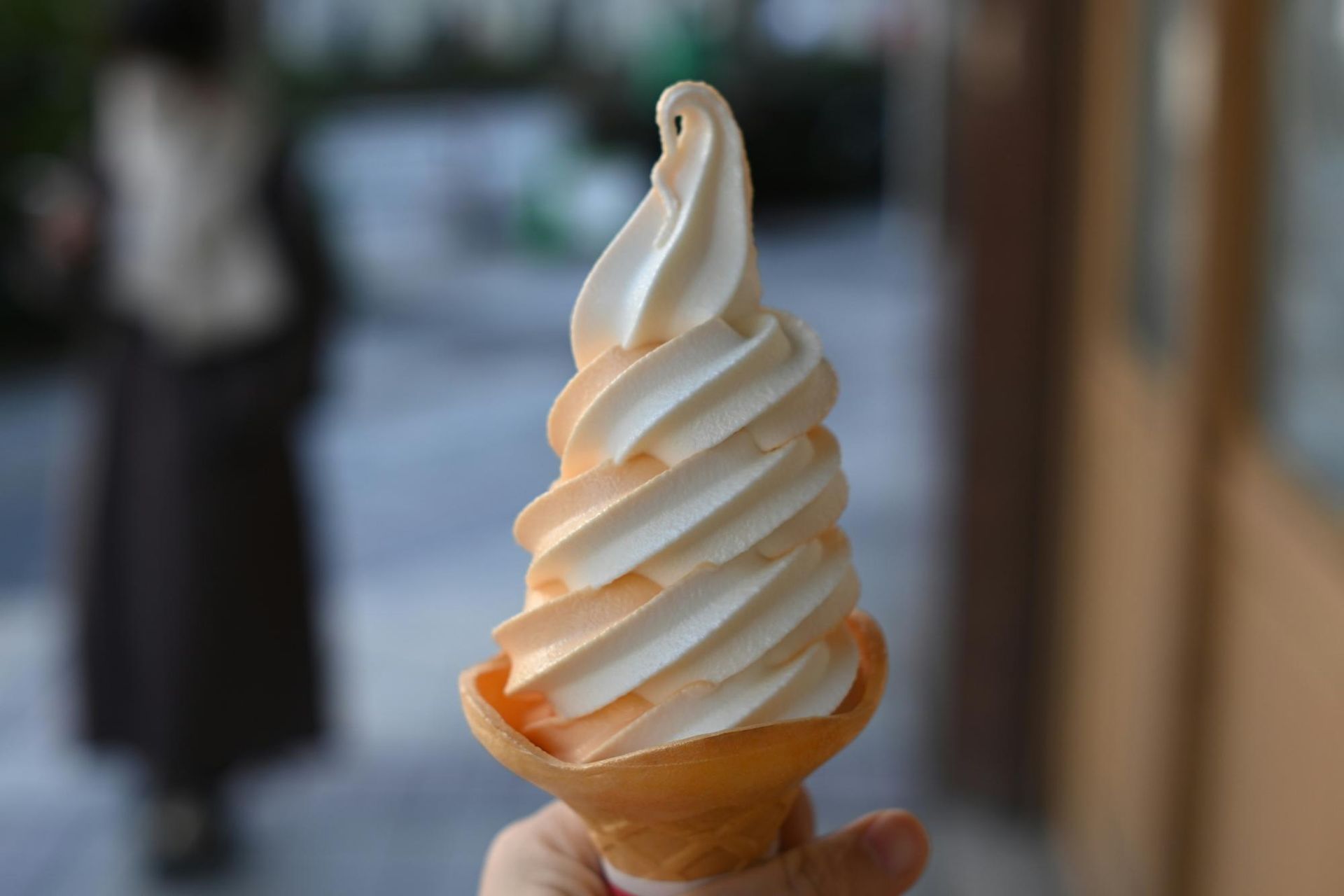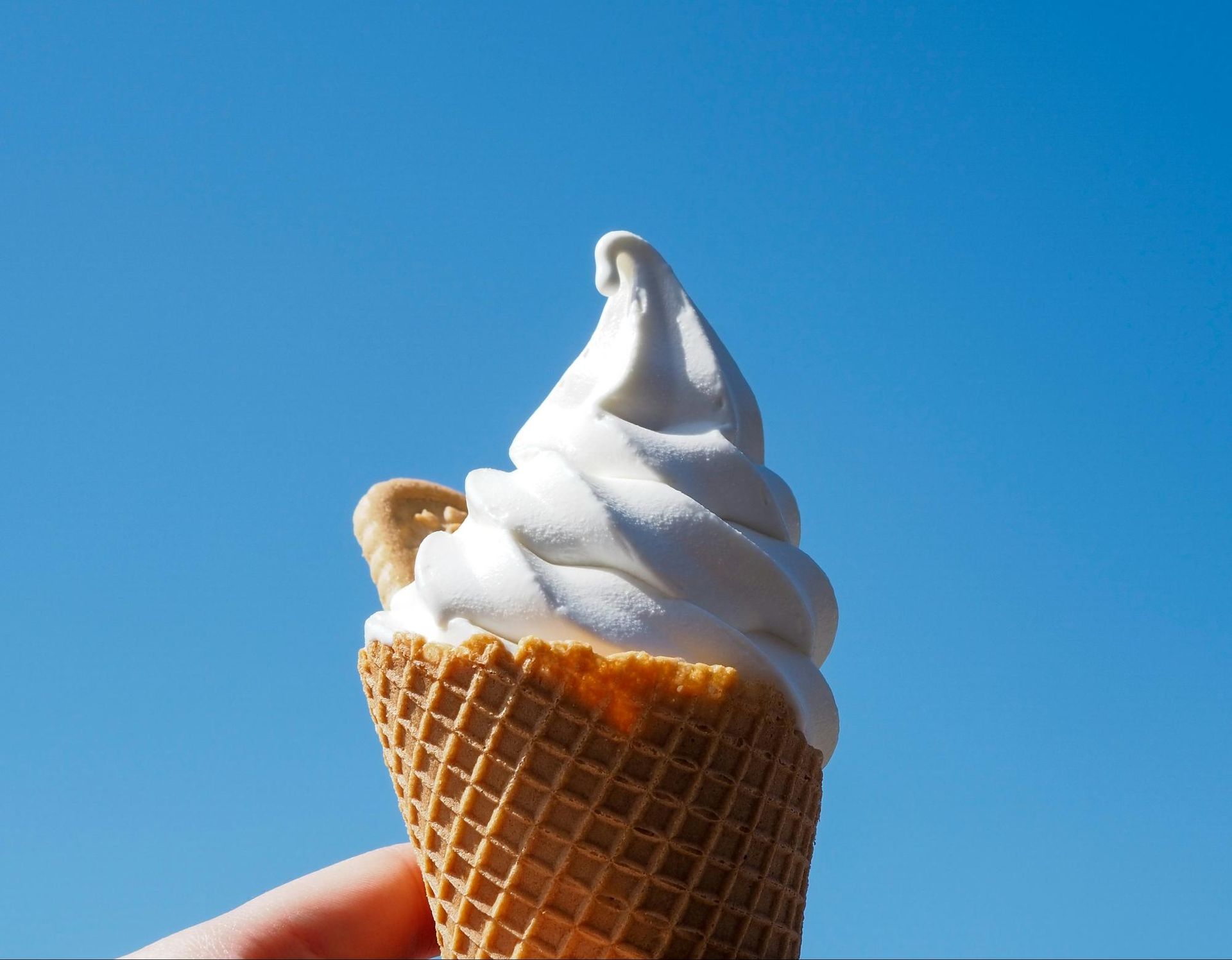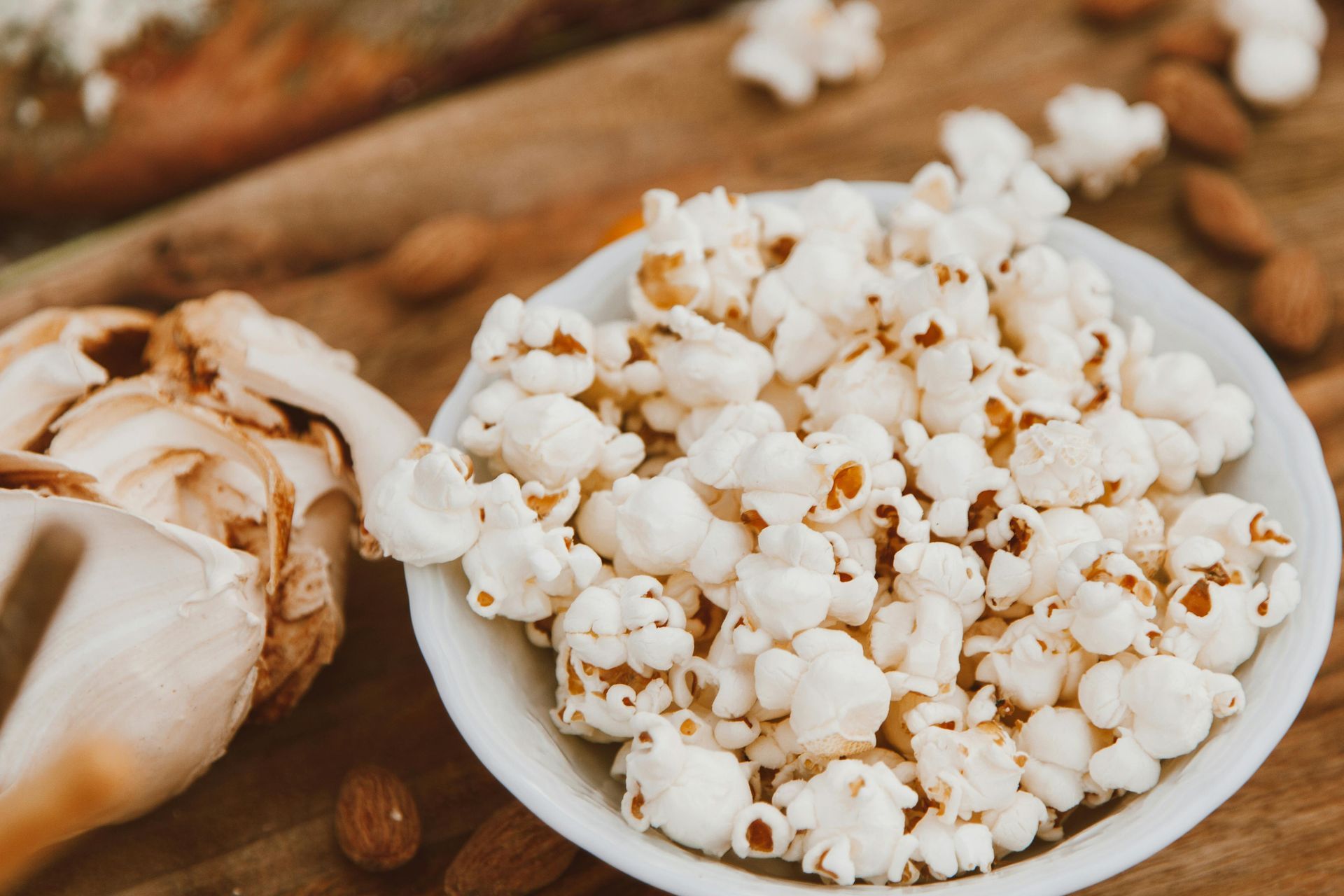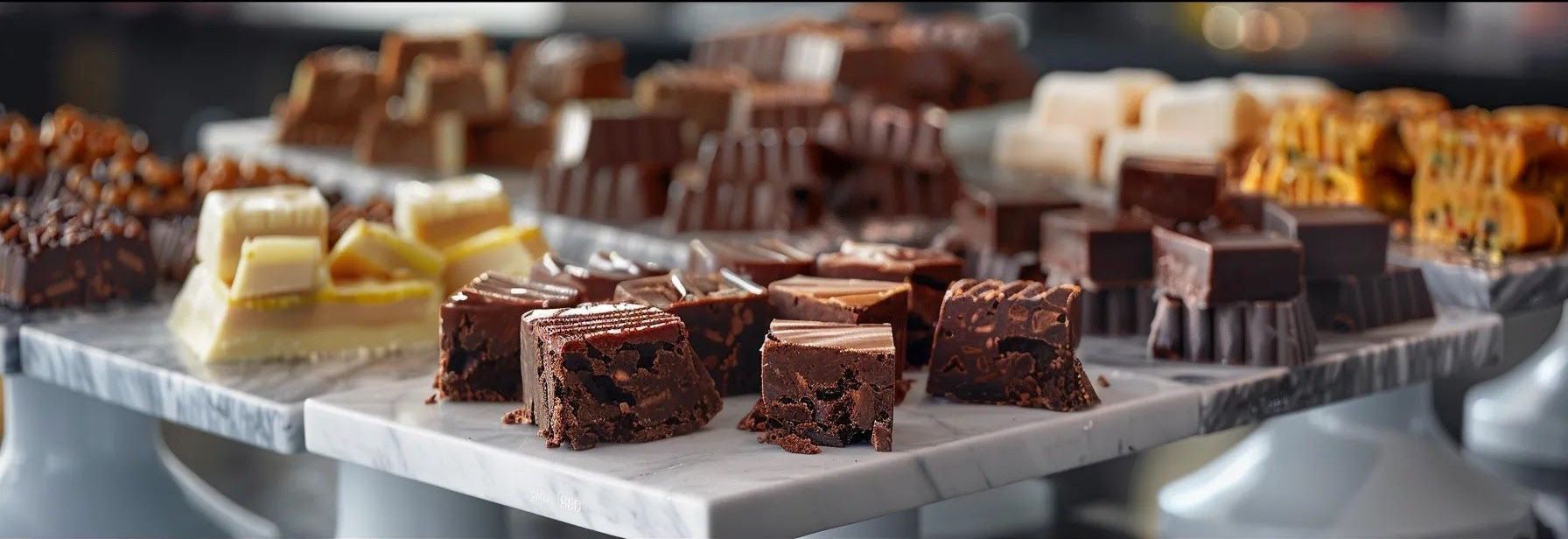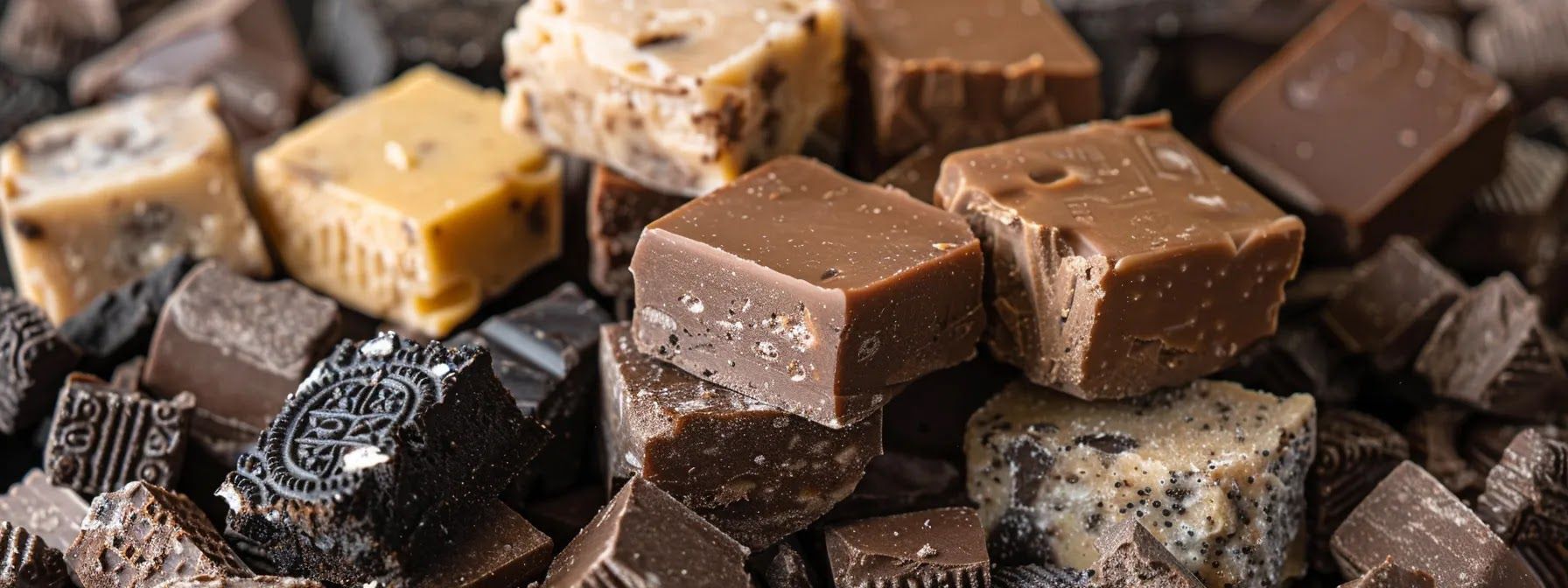The Science Behind the Perfect Soft Serve Ice Cream Texture
Soft serve ice cream—a delightful indulgence that brings joy to people of all ages. Whether you're strolling along a beach boardwalk or treating yourself after a long day, the allure of that creamy swirl is undeniable. But what exactly gives soft serve its unique, velvety texture that sets it apart from regular ice cream? The answer lies in a fascinating interplay of science, technology, and culinary artistry.
From the precise balance of ingredients to the sophisticated machinery that churns them into perfection, achieving the perfect soft serve ice cream texture is a meticulous process. This comprehensive guide delves deep into the elements that contribute to that smooth, airy delight we all love. So, whether you're a curious foodie, an aspiring ice cream artisan, or just someone who appreciates a good cone, read on to discover the secrets behind soft serve's irresistible texture.
Key Takeaways
- A premium ice cream maker is vital for perfect texture.
- Ingredient balance affects both flavor and consistency.
- Air inclusion is crucial for soft serve's lightness.
- Temperature control is essential to prevent ice crystal growth.
- The use of emulsifiers contributes to smoothness.
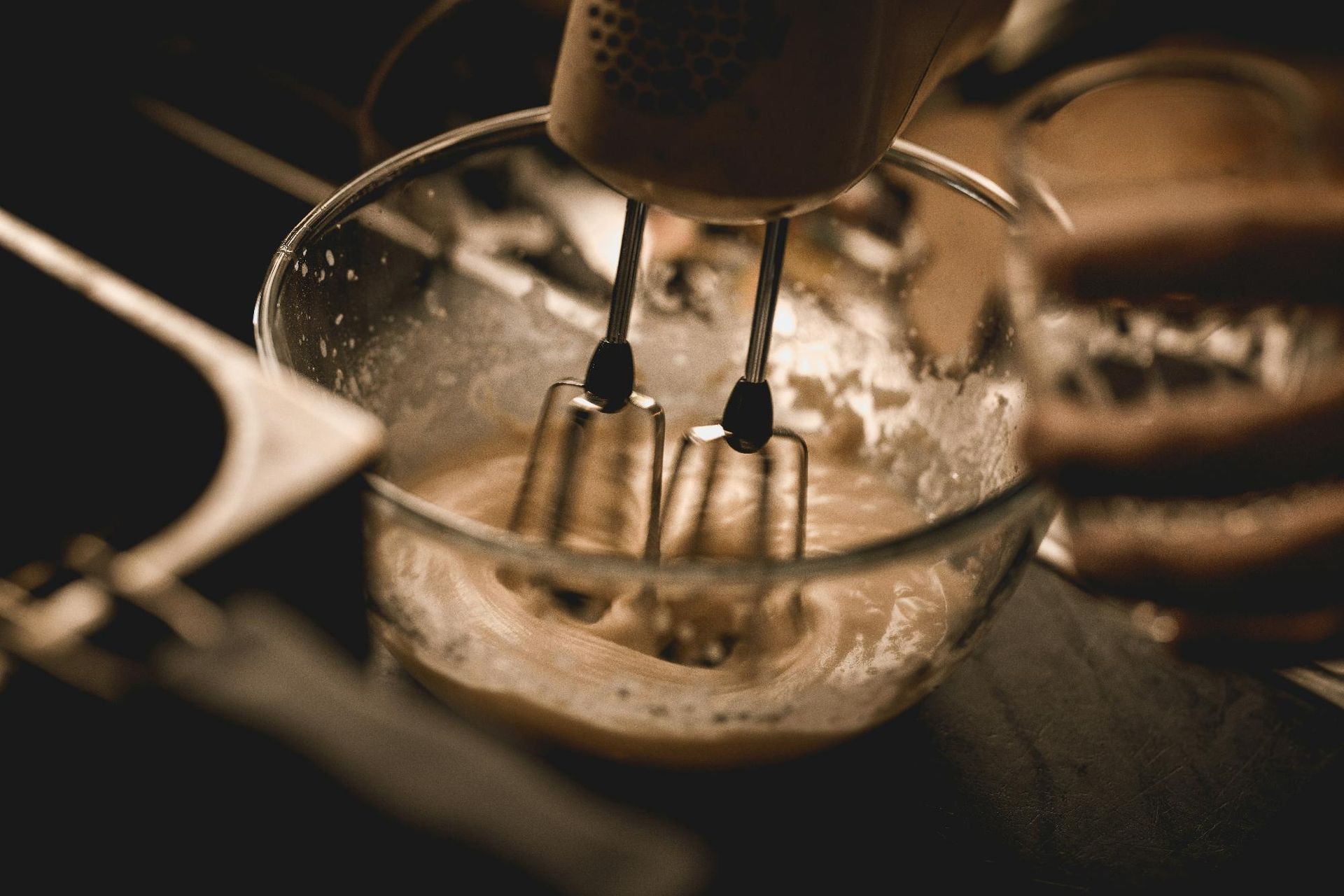
What Gives Soft-Serve Ice Cream Its Unique Texture?
Creating the perfect soft serve ice cream texture is like orchestrating a delicate dance between machines and ingredients. It's not just about mixing milk and sugar; it's about understanding how each component interacts at a molecular level. A high-quality soft-serve ice cream maker is essential, not only for its freezing capabilities but also for its ability to incorporate air and maintain precise temperatures.
The Science Behind the Perfect Soft Serve Ice Cream Texture
At the heart of soft serve's texture is the microscopic structure formed during the freezing process. Unlike traditional ice cream, which is hardened by freezing, soft serve is made to be consumed immediately, keeping its texture soft and smooth. The key factors contributing to this texture include the size of ice crystals, the amount of air whipped into the mixture (known as overrun), and the use of emulsifiers and stabilizers.
- Ice Crystal Size: Smaller ice crystals result in a smoother texture. Rapid freezing in soft serve machines prevents large crystals from forming.
- Overrun: Incorporating air lightens the mixture, giving soft serve its characteristic fluffiness.
- Emulsifiers and Stabilizers: Ingredients like polysorbate 80 and guar gum help prevent ice crystals from growing and improve the mouthfeel.
The Role of Emulsifiers and Stabilizers
Emulsifiers and stabilizers are the unsung heroes in achieving the perfect soft serve ice cream texture. Emulsifiers help blend fat and water, creating a stable mixture that doesn't separate. On the other hand, stabilizers add viscosity and control ice crystal growth. Common stabilizers include:
- Guar Gum: Derived from guar beans, it thickens the mixture.
- Carrageenan: Extracted from red seaweed, it improves texture and stability.
- Locust Bean Gum: Adds body and prevents ice crystal formation.
Manufacturers can fine-tune the texture by carefully selecting and balancing these additives.
Temperature Control: The Key to Texture
Temperature plays a pivotal role in the texture of soft serve ice cream. The mixture must be kept at just the right temperature to prevent it from freezing solid while also ensuring it's cold enough to hold its shape. Most soft serve machines maintain the mix at around 18°F (-7.8°C).
Rapid Freezing: Quick freezing prevents large ice crystals, leading to a smoother texture.
Consistent Temperature: Fluctuations can cause ice crystals to grow, ruining the texture.
Storage: Even after dispensing, soft serve should be consumed quickly to enjoy its perfect texture.
A High-Quality Soft-Serve Ice Cream Maker
At the core of soft serve ice cream's success is a high-quality ice cream maker specifically engineered to manage critical elements like sweetness and texture. These machines are designed to:
- Control Overrun: Adjust the amount of air incorporated for the desired lightness.
- Maintain Temperature: The mix is optimal to prevent ice crystal growth.
- Ensure Hygiene: Automated cleaning cycles to maintain cleanliness and safety.
Using emulsifiers such as polysorbate 80 also assists in bonding the water and fat molecules together for a smooth result, ensuring the end product isn't just a bag of ice but a charming swirl of caramel softness.
- Controlled addition of air ensures just the right level of lightness.
- Temperature regulation minimizes ice crystal formation, maintaining smoothness.
- Emulsifiers like polysorbate 80 are critical for a creamy, consistent texture.
Carefully Chosen Ingredients
Creating the perfect soft serve goes beyond the whirl of a blender; it relies heavily on the alchemy of ingredients. The base mix typically includes:
- Dairy: Milk or cream provides fat, contributing to richness and mouthfeel.
- Sugars: Not just for sweetness, sugars lower the freezing point, affecting texture.
- Stabilizers and Emulsifiers: As discussed, these are crucial for texture.
- Flavorings: Vanilla, chocolate, or fruit purees add taste.
The fat content is crucial, lending richness that emulates a decadent milkshake. The precise temperature of the mixture, often chilled in a refrigerator before use, ensures the emulsion remains stable. Striking this intricate balance results in a consistency that is neither too airy nor too dense—a hallmark of truly indulgent soft-serve ice cream.
The Right Amount of Air
Striking the delicate balance between too airy and too heavy, soft serve ice cream achieves its signature lightness through the precise introduction of air. This is known as overrun and is usually between 30% to 60% for soft serve.
- Low Overrun: Results in denser, richer ice cream.
- High Overrun: Produces a lighter, fluffier texture but can taste less rich.
Like the process in frozen yogurt, the machine whips the base while freezing, be it a classic vanilla or a zesty fruit concerto inspired by the creamy confections of Italy. This aerating phase is critical, as it's responsible for the dessert's airy texture that sets it apart from traditional scooped ice cream.
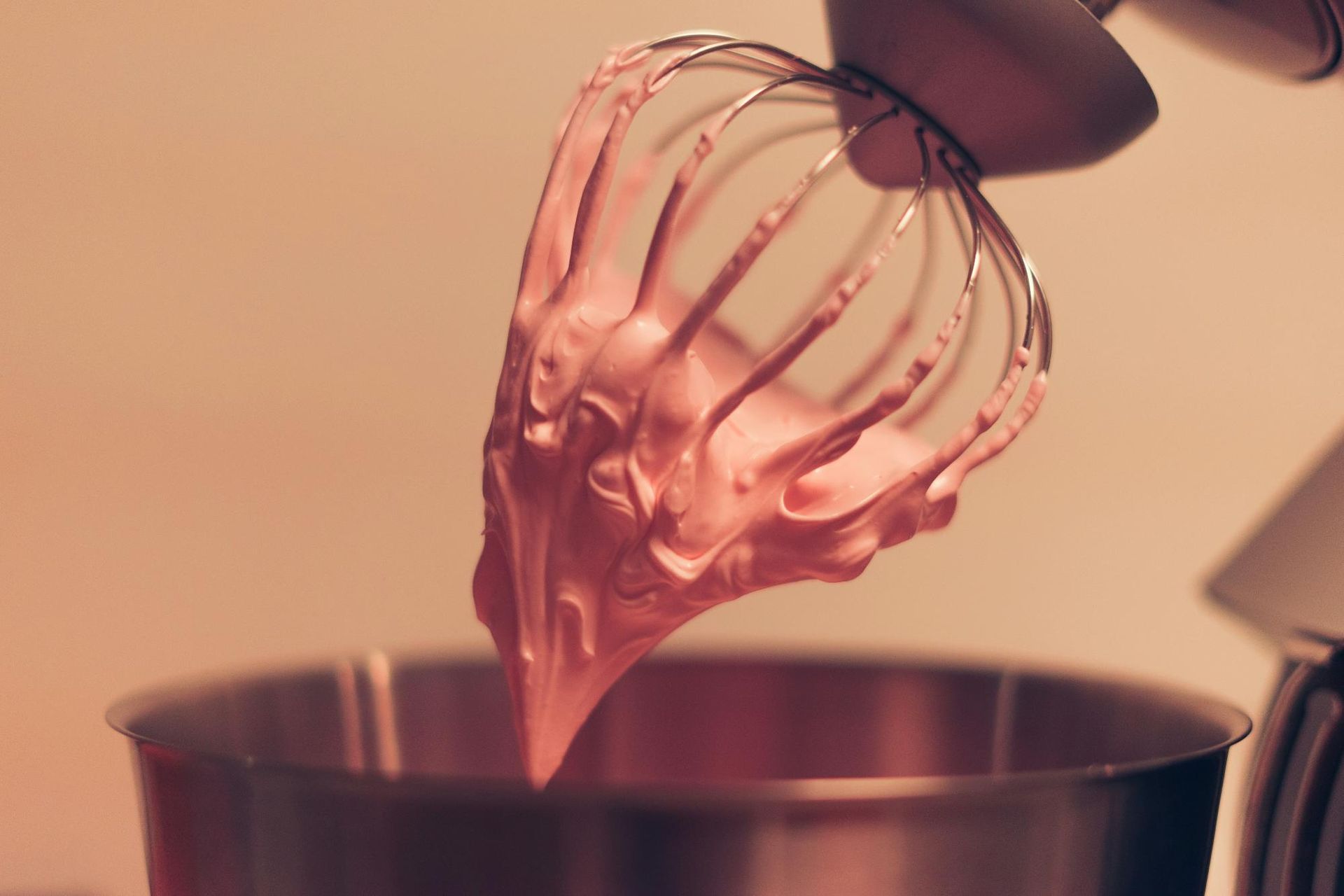
Achieving the Perfect Soft Serve Ice Cream Texture at Home
While commercial machines are optimized for perfection, the right approach can help you achieve the perfect soft serve ice cream texture at home.
Tips for Home Preparation
Use an Ice Cream Maker: A home ice cream maker that allows for continuous freezing and churning can replicate the soft serve texture.
- Pre-Chill Ingredients: Ensure all ingredients are cold before starting to prevent large ice crystals.
- Incorporate Air: Whisk the mixture before adding it to the machine to introduce initial air.
- Use Stabilizers: Natural options like gelatin or egg yolks can help improve texture.
Simple Soft Serve Recipe
Ingredients:
- 2 cups of whole milk
- 1 cup of heavy cream
- ¾ cup of sugar
- 1 teaspoon of vanilla extract
- A pinch of salt
- Optional: 2 egg yolks (for added richness and stability)
Instructions:
- In a saucepan, combine milk, cream, sugar, and salt. Heat until sugar dissolves.
- Remove from heat. If using egg yolks, temper them by slowly adding a hot mixture while whisking.
- Cool the mixture in the refrigerator for at least 4 hours.
- Whisk in vanilla extract.
- Pour into your ice cream maker and churn according to the manufacturer's instructions.
Common Mistakes to Avoid
Even with the right equipment and ingredients, certain pitfalls can prevent you from achieving the perfect soft-serve ice cream texture.
- Overmixing can lead to too much air, resulting in a foamy texture.
- The Incorrect Temperature is: Too warm, and the mixture won't freeze; too cold, and it will become icy.
- Skipping Stabilizers: This can cause the ice cream to be grainy due to ice crystal formation.
- Poor Ingredient Quality: Low-quality dairy or artificial flavors can affect taste and texture.
Comparing Soft Serve and Traditional Ice Cream
Understanding the differences between soft serve and traditional ice cream can further highlight what makes the soft serve's texture unique.
Conclusion
The perfect soft serve ice cream texture is a symphony of science and culinary art. Every element is vital, from the meticulous balance of ingredients and the critical role of emulsifiers and stabilizers to the sophisticated machinery that whips and freezes the mixture just right. Temperature control, precise air incorporation, and high-quality ingredients all converge to create that delightful swirl of creamy goodness.
Whether enjoyed in a cone, as a sundae, or atop a slice of pie, soft serve ice cream remains a beloved treat. Understanding its science enhances our appreciation and empowers aspiring ice cream makers to craft their own versions of this classic delight. So the next time you savor that smooth, airy texture, you'll know just what made the perfect soft serve ice cream texture that melts blissfully on your tongue.
